If you’re looking to purchase broadcast equipment, there are a lot of things to consider before pulling the trigger.
What are your current needs and your future growth plans? And will this equipment accommodate both? Are you buying an older model or something close to being outdated? Are you getting a good deal, and are you buying from a reputable source?
This is just the starting point. The key to any good purchase is understanding your needs and doing your research. Purchasing broadcast equipment is no different.
Rather than focus on the myriad of questions to ask yourself before buying, we’re outlining the main mistakes to avoid.
Here are the top 5 mistakes to avoid when purchasing broadcast equipment.
Mistake #1: Purchasing outdated broadcast equipment
Broadcast equipment is continuously evolving. Manufacturers are always releasing new products or updated models with new features and functionality.
It can be daunting to stay ahead of the curve, but researching your purchase beforehand is critical. The last thing anyone wants is to invest in equipment, only to have a new model released the next month.
While the “newest” model isn’t always the best model, it’s still important to do your research. Don’t buy something outdated unless you’re confident that it fits your needs.
Mistake #2: Purchasing broadcast equipment that isn’t compatible
If your equipment purchase is part of a larger infrastructure – like a production studio, flight pack, or mobile unit – make sure that your new equipment is compatible with the other components of your production ecosystem.
Products from different manufacturers may not work well together (sometimes by design, sometimes not) and may require specific converters or additional engineering time to get them working.
Make sure that all pieces of your production environment will work well together. If not, make sure that there’s a solution to get them to speak with each other. Otherwise, forgo the purchase and find something that has better compatibility.
Mistake #3: Not filling a need
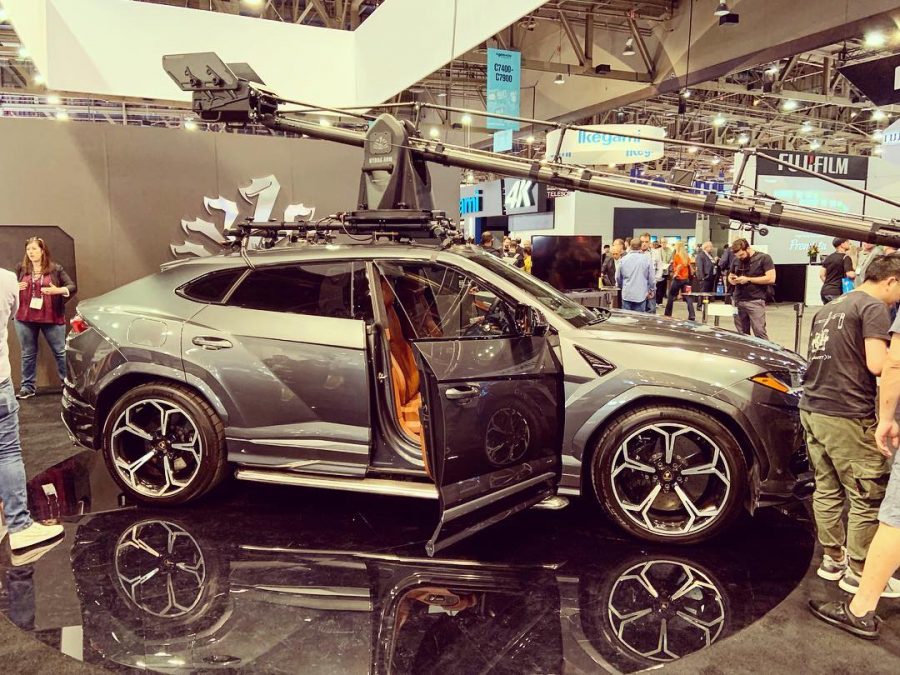 When it comes to purchasing equipment, it can be very tempting to focus on “wants” instead of “needs.” There are a LOT of fun broadcast toys on the market.
When it comes to purchasing equipment, it can be very tempting to focus on “wants” instead of “needs.” There are a LOT of fun broadcast toys on the market.
But stay focused. Make sure that your purchase fills a need.
Is this gear something that you’ll use regularly? If you’re planning to rent the equipment, is there a market for it?
If you plan to recoup the cost of the equipment – either through rentals or by using it on various production projects – make sure you have a conservative calculation on how quickly you’ll be able to recover your costs.
You might see something that would be fun to have, but if there’s no proper use for it – is it worth the cost?
Mistake #4: Incorrect capacity
Purchasing broadcast gear is like buying a car. You need to do your research and test drive whenever you can.
And just like a car, your equipment needs to have the right capacity.
This can mean making sure that your graphics machine has the right number of channels to accommodate your needs. Or making sure that the hard drive you’re purchasing for field shooting has adequate storage space.
Make sure that whatever equipment you’re buying can accommodate your current needs plus some headroom, so you don’t outgrow it.
If you’re purchasing gear for a facility, it’s crucial to keep in mind your growth potential. If you anticipate expanding your content output, make sure you factor that into your buying decision.
The last thing anyone wants is to find themselves with a new piece of gear that’s already maxed out.
Mistake #5: Purchasing from an unreputable source
Finally, make sure that you’re purchasing your gear from a reputable source.
There are hundreds of options for purchasing equipment – maybe more depending on what you’re looking to buy. While cost is certainly a top consideration for most buyers, you need to make sure you’re protected in the event there’s an issue with your equipment.
If you’re buying online, make sure you check the site’s return policy. Make sure you’re not buying something refurbished (unless that’s what you want). And make sure to read reviews – ensuring that previous buyers haven’t had issues with the company you’re buying from.
If you need any guidance on your equipment purchasing or assistance with an upcoming integration project, our system integration team is ready to help. Contact us any time.
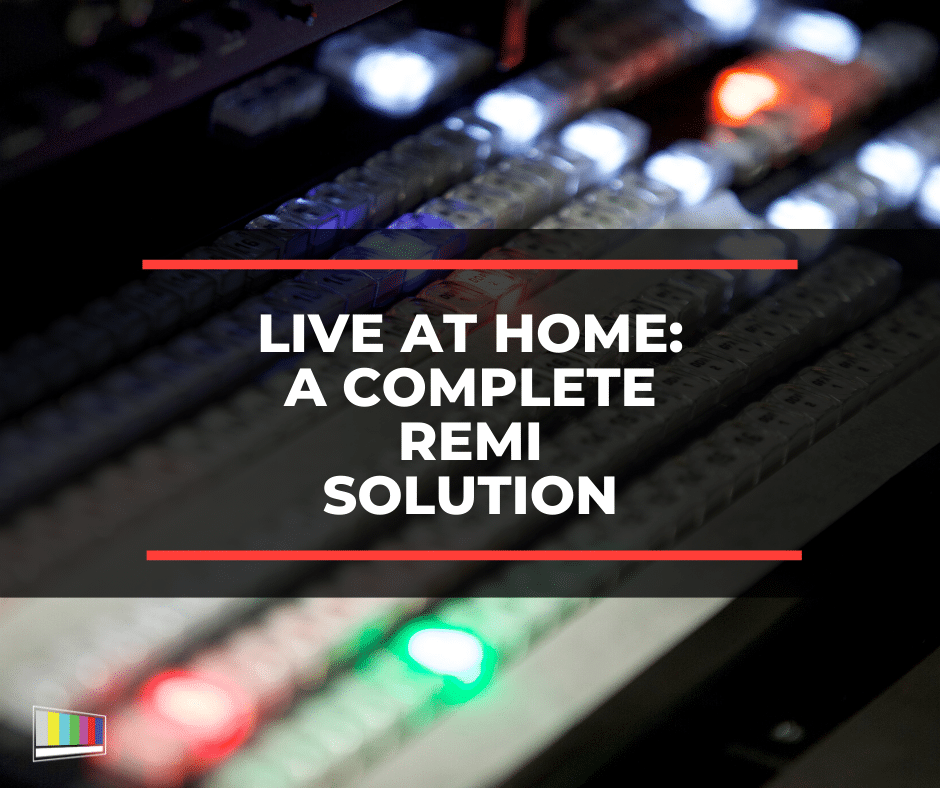

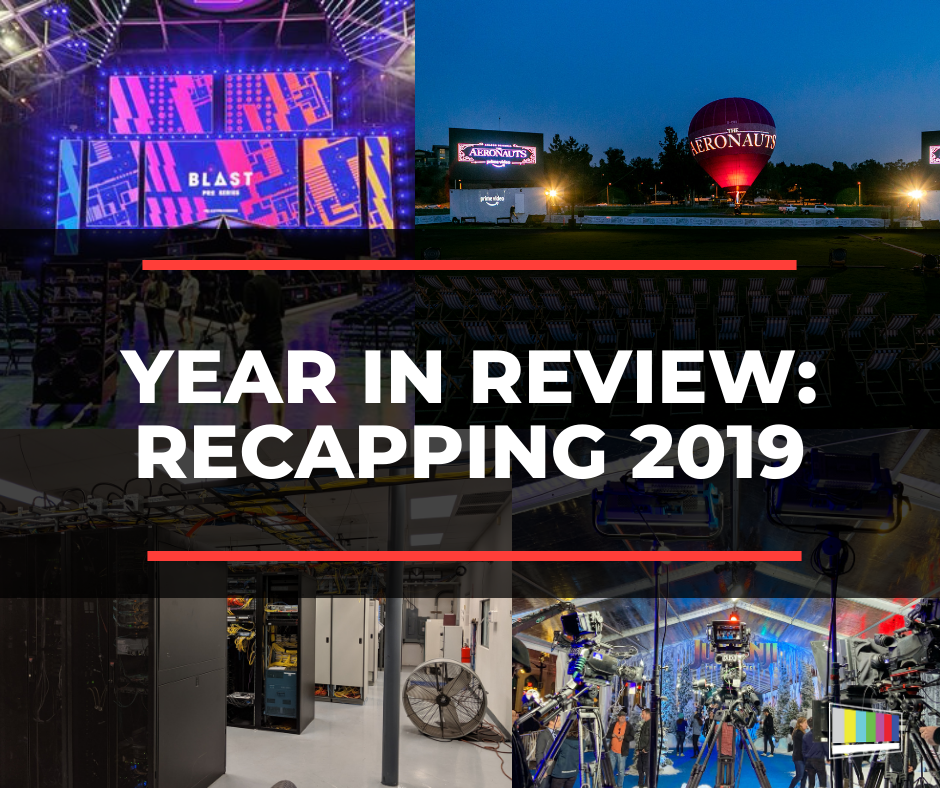



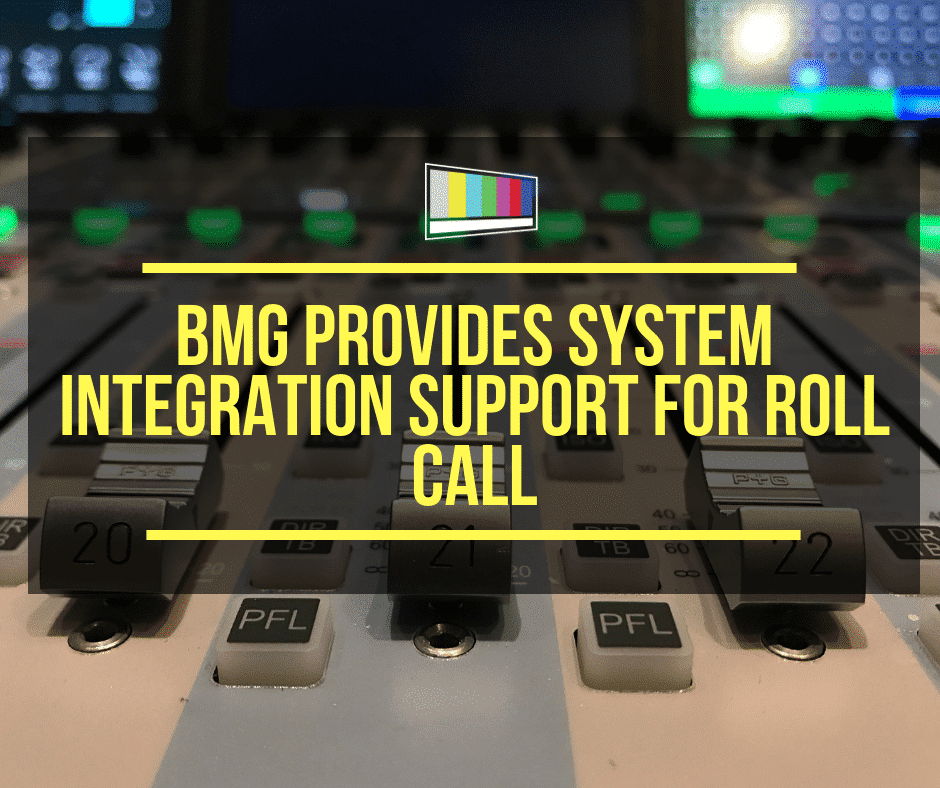
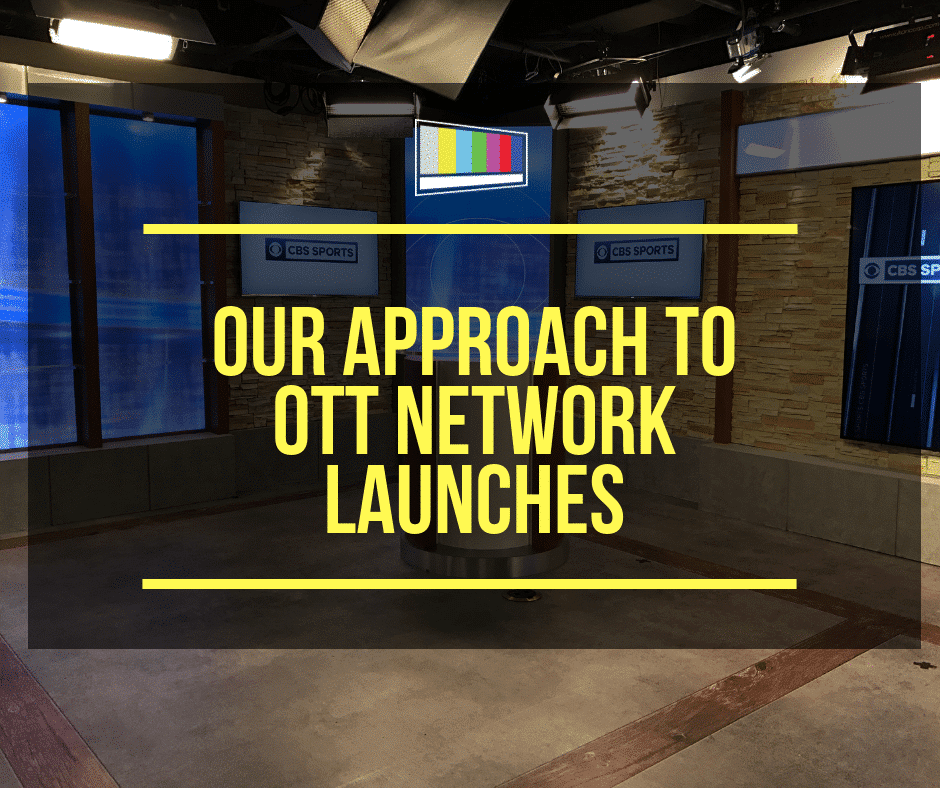

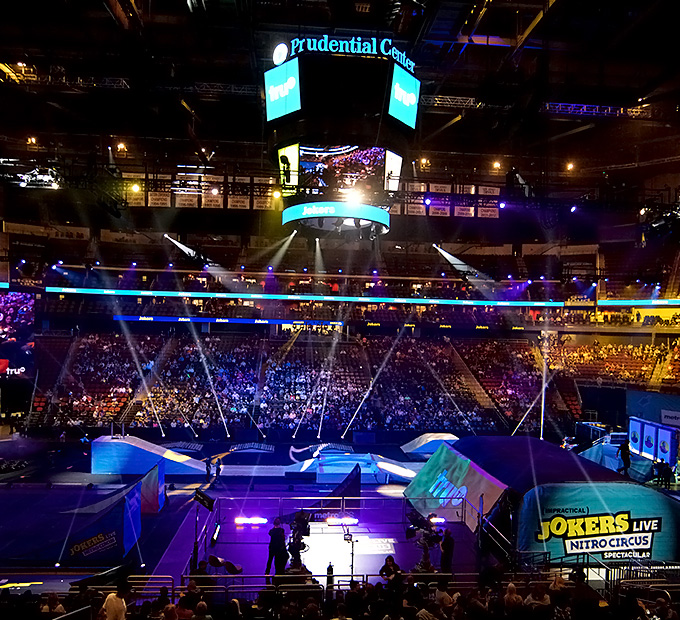
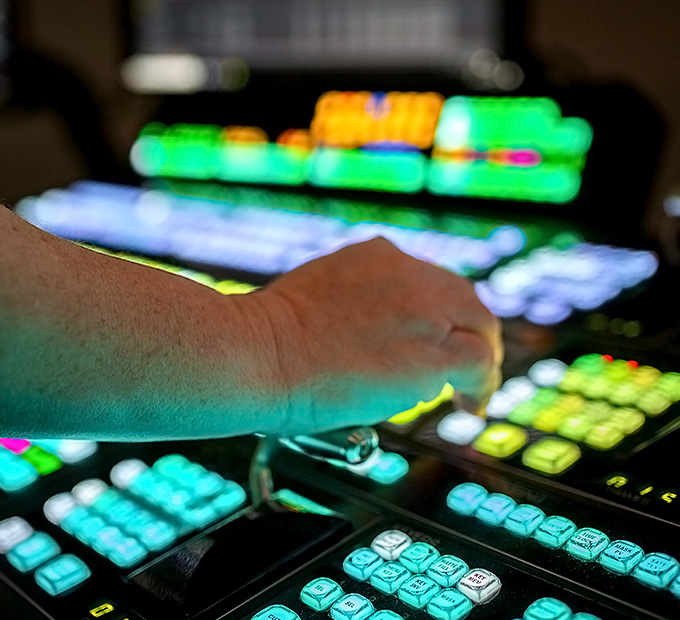
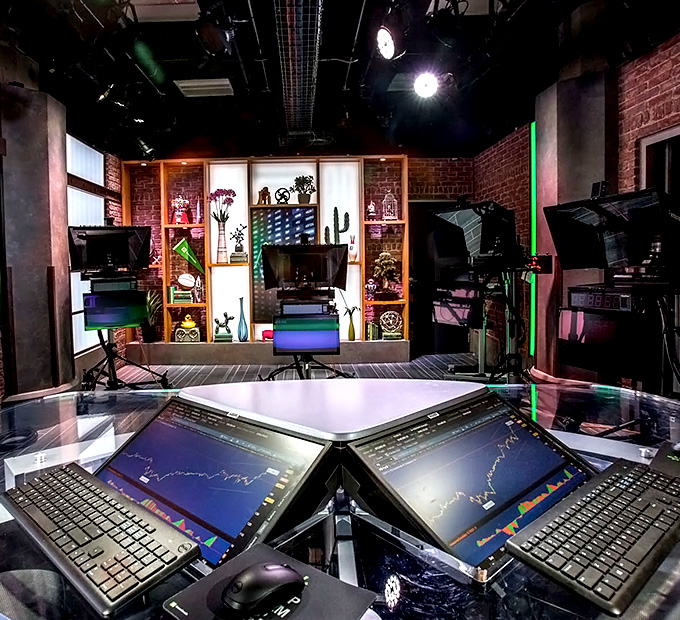



Leave a Reply